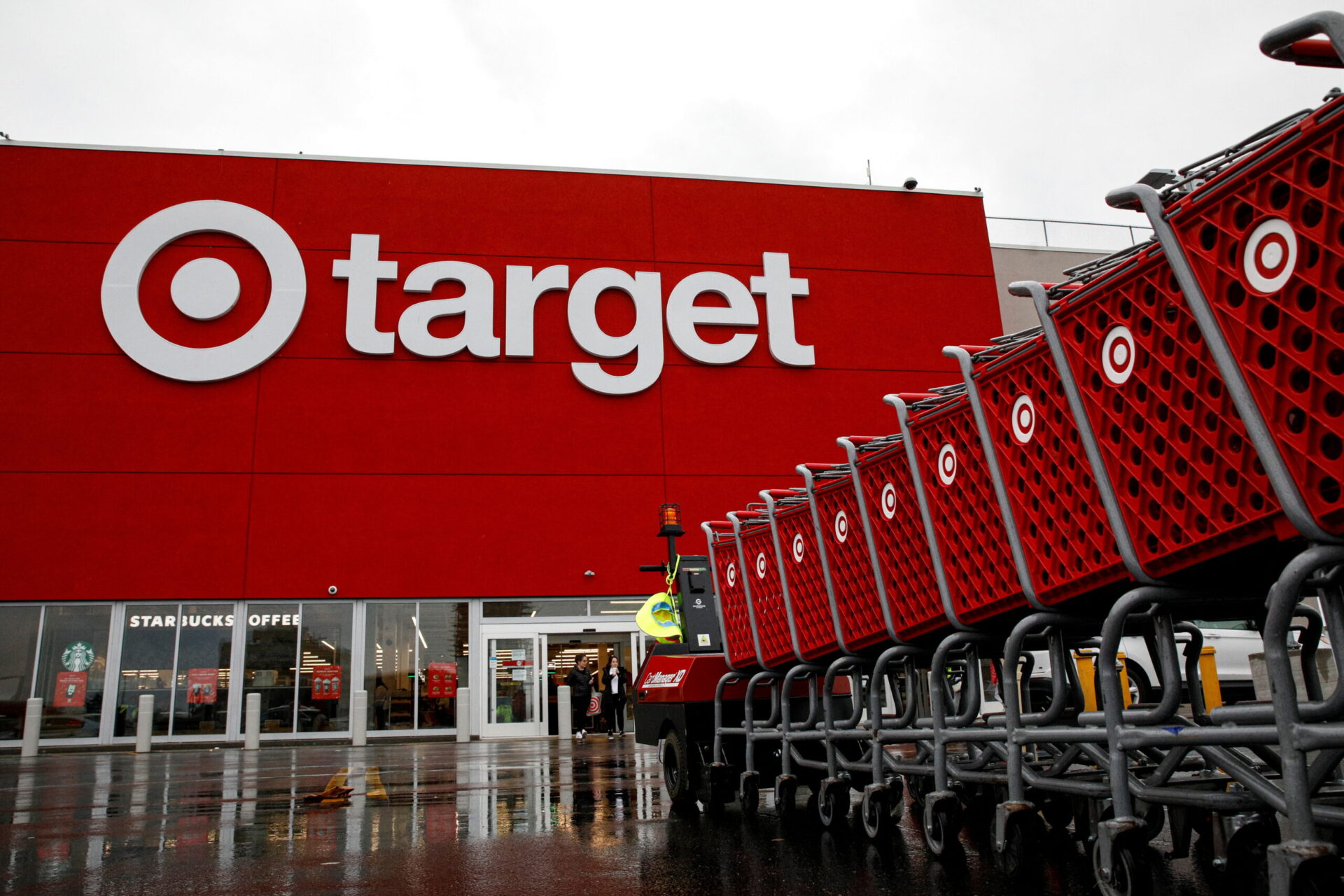Target is an American retail corporation that operates a chain of discount department stores and hypermarkets, headquartered in Minneapolis, Minnesota. It is the sixth-largest retailer in the world in 2022 in terms of worldwide retail sales, and a component of the S&P 500 Index. The company is one of the largest American-owned private employers in the United States.
Target was founded in Minneapolis by businessman George Dayton in 1902, as a department store called Goodfellow Dry Goods. The name was changed to Dayton Dry Goods Company in 1903, and to Dayton Company in 1911. In 1962, the company opened its first Target store, designed as a discount version of Dayton’s department stores.
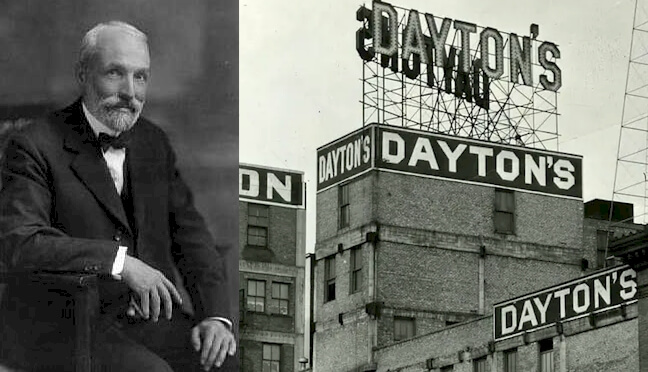
Target quickly became a success, and the company began expanding its store count in the 1970s and 1980s. In 1969, Dayton Company merged with the J.L. Hudson Company to become the Dayton-Hudson Corporation. The company continued to expand its retail operations under the Target brand, and also acquired several other department store chains, including Marshall Field’s, Mervyn’s, and Dayton’s.
In 2000, the Dayton-Hudson Corporation changed its name to Target Corporation. The company continued to grow in the 2000s, and opened its first stores outside of the United States in Canada in 2004. Target also expanded its online presence in the 2000s, and launched its own e-commerce website in 2004.
Target is renowned for its unique approach to retail, focusing on the idea of providing affordable yet stylish products to a broad range of customers. The company’s philosophy revolves around the concept of “Expect More. Pay Less.” This philosophy underscores their commitment to offering quality merchandise at competitive prices, thereby making fashionable and functional items accessible to a wider audience.
Today, Target operates over 1,900 stores in the United States and Canada. The company also owns and operates several other businesses, including the Shipt grocery delivery service and the Roundel online marketplace. Target is a major player in the retail industry, and is known for its wide selection of products, its competitive prices, and its convenient shopping experience.
One of Target’s key differentiators is its store experience. The company strives to create a shopping environment that’s both enjoyable and convenient for its customers. Each store is designed with a clean and organized layout, often featuring well-lit aisles, a wide variety of products, and dedicated sections for different categories. This layout is intended to enhance the overall shopping experience and encourage customers to explore the store.
Marketing Strategies of Target
In today’s competitive business landscape, successful companies employ a wide range of marketing strategies to attract and retain customers. Target Corporation, one of the largest retail chains in the United States, has distinguished itself through a combination of innovative marketing approaches that have contributed to its sustained growth and brand recognition. Let’s delves into the various marketing strategies that have propelled Target’s success:
Brand Positioning and Identity:
Brand positioning and identity play an essential role in determining how Target Corporation presents itself to its audience and sets itself apart from competitors. These elements help define what makes the brand unique and memorable, ultimately influencing consumer perceptions and purchase intentions.
Target Corporation positions itself as a one-stop shopping destination for everyday essentials and stylish finds at affordable prices. Its brand identity emphasizes convenience, style, and affordability, making it stand out in the retail industry. Through its well-designed stores, trendy fashion lines, and accessible price points, Target creates a welcoming environment where customers feel confident about finding everything they need under one roof.
The brand’s strong visual identity includes a signature red bullseye logo and bold use of color throughout its stores and marketing materials. This consistent look and feel across channels helps establish recognition and recall among consumers. In addition, Target leverages partnerships with popular brands and celebrities to further strengthen its image and draw in new audiences.

Effective brand positioning and identity contribute significantly to Target Corporation’s success by fostering customer loyalty and driving sales growth. By consistently delivering on its promise of high-quality, affordable products and services, Target continues to solidify its place in the hearts of American households.
Product Assortment and Merchandising:
Product assortment and merchandising are crucial aspects of Target Corporation’s operations, playing a significant role in enhancing the company’s competitive edge and maximizing profitability. A diverse range of quality products offered at various price points ensures there is something for everyone, while visually appealing displays encourage impulse purchases and drive sales.
Target Corporation offers a wide variety of products ranging from apparel and home decor to electronics and groceries. Their product mix caters to different lifestyles and budgets, allowing customers to find exactly what they need without having to shop elsewhere. The company continuously updates its inventory to keep up with changing consumer tastes and seasons, ensuring a fresh selection for repeat visitors.
Merchandising plays a vital role in enticing customers to make purchases. Target Corporation designs eye-catching displays that highlight key products and create a sense of urgency through limited-time offers and clearance sections. Seasonal and holiday-themed displays also capture shoppers’ attention and stimulate sales.
Overall, Target Corporation’s product assortment and merchandising strategies work together to provide an enjoyable shopping experience that keeps customers coming back. By offering a broad range of quality products at different price points and presenting them in visually appealing ways, the company encourages impulse purchases and drives sales growth.
Omnichannel Experience:
An omnichannel experience refers to a seamless shopping journey across multiple touchpoints, including physical stores, online platforms, mobile devices, and social media. Target Corporation has invested heavily in creating an integrated omnichannel experience for its customers, aimed at improving convenience, efficiency, and engagement. Here are some examples:
Online Shopping: Customers can browse and purchase products directly from Target’s website or mobile application. The platform features user-friendly navigation, detailed product descriptions, and real-time availability information. Customers can also access personalized recommendations based on their past purchases and search history.
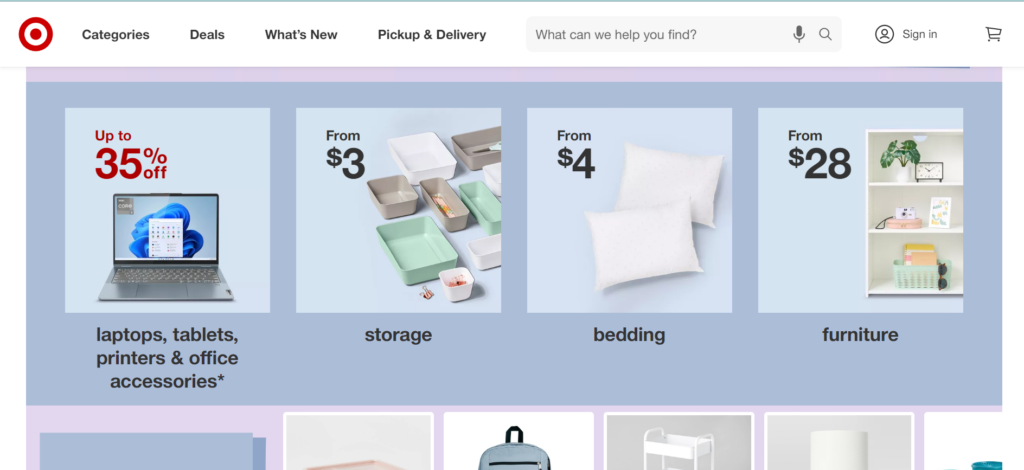
Mobile Applications: Target offers dedicated apps for iOS and Android devices, allowing users to browse and purchase products, view weekly ads, and manage their Cartwheel savings. The app also provides store maps and directions, helping customers navigate physical locations more easily.
Physical Stores: Target maintains an extensive network of brick-and-mortar locations across the United States, each designed to optimize the shopping experience. Store layouts feature clearly marked departments, easy-to-find products, and helpful signage. Employees are trained to assist customers with locating items, answering questions, and processing transactions.

Order Pickup & Drive Up Services: Target offers order pickup services for customers who prefer to collect their orders in person rather than receive home delivery. The service allows customers to order online and schedule a time to pick up their packages curbside or at the front door of participating locations. Recently, Target introduced a Drive Up service that lets customers order online and have their items delivered right to their cars within minutes of placing their order. These services enhance convenience and flexibility for busy individuals or those who prefer not to carry heavy loads around the store during their visit.
Target Corporation’s omnichannel approach focuses on providing a cohesive and convenient shopping experience across all touchpoints. From online shopping and mobile applications to physical stores and social media presence, customers can access Target products and services whenever and however they choose. With these initiatives, Target strives to meet evolving customer expectations and stay ahead of the competition in today’s fast-paced retail landscape.
Emotional Advertising Campaigns:
Target Corporation leverages emotional advertising campaigns as part of its overall marketing strategy to connect with consumers on a deeper level and build long-term relationships. This type of advertising creates strong feelings and associations between brands and people, often resulting in increased brand awareness, preference, and loyalty. Here are some notable examples of Target’s emotionally charged advertisements:
“The Toycracker That Boy” Holiday Commercials (2018): In this heartwarming series of commercials, a young boy named Tyler discovers his love for music after receiving a toy keyboard as a gift from Santa. As he grows older, he becomes a successful artist, crediting the toy as the source of his creativity. The story culminates in a surprise reunion between Tyler and his childhood self, showcasing how memories made with loved ones can last a lifetime.
“Toys For Tots” Charitable Program Promotion (2017): Target partnered with the Marine Corps Reserve Toys for Tots Foundation to help bring joy to children in need during the holidays. The campaign featured heartfelt stories of families struggling financially yet still finding ways to give back to others. The emotional appeal motivated customers to support the cause by purchasing and donating toys to less fortunate kids.
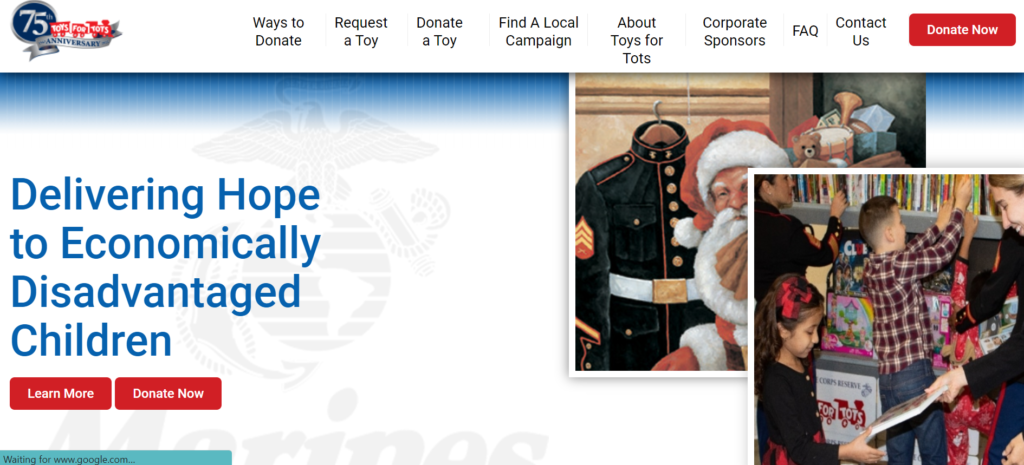
These campaigns demonstrate how Target uses emotional advertising to evoke powerful responses from customers. By focusing on relatable experiences and shared values, such as family bonding, generosity, and nostalgia, Target creates memorable moments that resonate beyond just making a sale. Over time, these connections strengthen the relationship between Target and its audience, fostering brand loyalty and encouraging repeat business through meaningful interactions.
Influencer and Celebrity Partnerships:
Target Corporation leverages influencer and celebrity partnerships to enhance brand visibility, connect with consumers, and drive sales. These collaborations involve product endorsements, limited edition collections, exclusive content creation, event sponsorships, and experiential marketing activations. Notable examples include:
Lilly Pulitzer x Target Collection: In 2015, Target teamed up with iconic resort wear designer Lilly Pulitzer to create an affordable, limited edition collection featuring her signature patterns and colors. The collaboration generated widespread media attention and drove massive sales, leading to multiple subsequent releases over the years.

TOMS x Target Collaboration: In 2017, Target joined forces with footwear and apparel brand TOMS to offer a range of shoes, accessories, and clothing items, including products designed to benefit global philanthropic initiatives. The partnership highlighted Target’s commitment to socially responsible fashion and consumer demand for ethical consumption options.

Fashion Designer Collections: Target frequently collaborates with renowned designers like Peter Pilotto, Victoria Beckham, and Zac Posen to launch limited edition apparel lines inspired by their high-end runway designs. These capsule collections attract fashion enthusiasts seeking accessible luxury pieces without breaking the bank.
Food Blogger and Chef Partnerships: Target has worked with popular food bloggers and chefs like Chrissy Teigen, Padma Lakshmi, and Molly Yeh to develop delicious recipes incorporating store-brand ingredients or kitchenware. Recipe booklets and cooking events further engage customers interested in home cooking and entertaining.
Beauty Influencer Collaborations: Target has teamed up with beauty industry leaders like Huda Kattan and Patrick Starrr to introduce exclusive makeup and skincare lines tailored to diverse skin tones and preferences. These influencer collaborations capitalize on the growing interest in online beauty tutorials and social media makeup trends.
Athletic Collaborations: The sneaker collabs are another way that Target leverages influencer and celebrity partnerships to boost brand appeal and sales. By partnering with athletes like Serena Williams, Misty Copeland, and Simone Biles, Target creates stylish yet functional activewear lines reflective of each athlete’s personal style and achievements. These collaborations not only resonate with fitness enthusiasts but also showcase Target’s dedication to empowering women and girls through sports participation.
Target’s influencer and celebrity partnerships often extend beyond traditional retail categories into music, film, television, and literature. For instance, Target has supported projects like “The Handmaid’s Tale” series adaptation, partnered with musicians like Lady Gaga and Taylor Swift for album release promotions, and hosted special events with authors like Rainbow Rowell and Jenny Lawson. Such ventures help position Target as a cultural hub where customers can discover new interests and passions through shared experiences with their favorite artists and creators.
Overall, Target’s influencer and celebrity partnerships demonstrate the company’s ability to adapt to evolving customer desires while maintaining its core values of quality, affordability, and community involvement. By aligning itself with inspiring individuals across industries, Target fosters a sense of connection between its brand and consumers, encouraging long-term loyalty and support.
Seasonal and Event-Based Marketing:
Target Corporation utilizes seasonal and event-based marketing strategies to maximize sales opportunities throughout the year. Here are some notable examples:
Back-to-School Campaigns: Each summer, Target runs extensive back-to-school campaigns targeting parents looking for affordable essentials such as uniforms, stationery, and lunchboxes. Promotional offers, thematic displays, and digital content (e.g., checklist videos) encourage families to shop at Target for all their back-to-school needs.
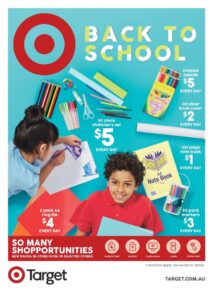
Holiday Promotions: During major holidays like Thanksgiving, Christmas, Hanukkah, and New Year’s, Target rolls out festive decorations, gift ideas, and party supplies. Its holiday marketing efforts focus on creating memorable family moments and making it easy for customers to find everything they need under one roof.
Limited Edition Product Launches: Target regularly introduces exclusive, limited edition merchandise tied to popular culture events like movie premieres, comic conventions, and video game releases. These unique items generate buzz among collectors and fans eager to own rare commemorative items related to their beloved franchises.
Spring Home Refresh Campaigns: As winter ends, Target emphasizes spring cleaning and home refresh concepts, offering deals on storage solutions, bedding, and indoor/outdoor décor. This approach helps customers prepare for warmer weather and motivates them to update their living spaces before hosting gatherings or embarking on DIY projects.
Summer Clearance Sales: To clear out inventory during transitional seasons like late spring and early fall, Target runs aggressive clearance events for swimwear, patio furniture, and other warm-weather items. These sales entice bargain hunters who want to stock up on discounted necessities ahead of future sunny days.
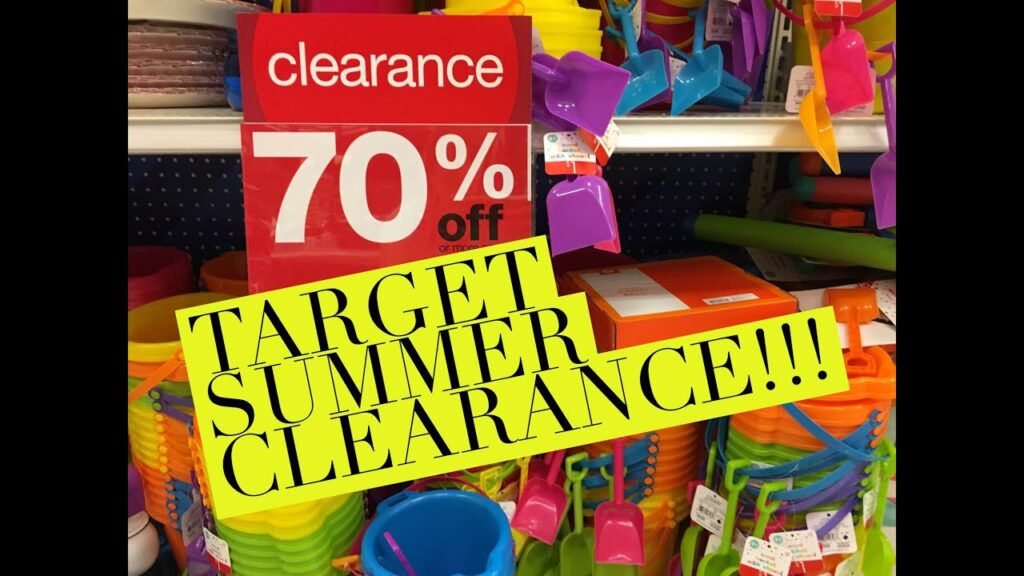
Valentine’s Day and Galentine’s Day Promotions: Target embraces romantic occasions like Valentine’s Day and Galentine’s Day (a fictional holiday popularized by Parks and Recreation TV show), offering heartwarming gifts, candy, and decorations for both couples and friends to express love and appreciation for loved ones. Target’s Valentine’s Day and Galentine’s Day promotions aim to create joyful shopping experiences around these sentimental occasions, helping customers connect with others and spread affection through thoughtful gifting.
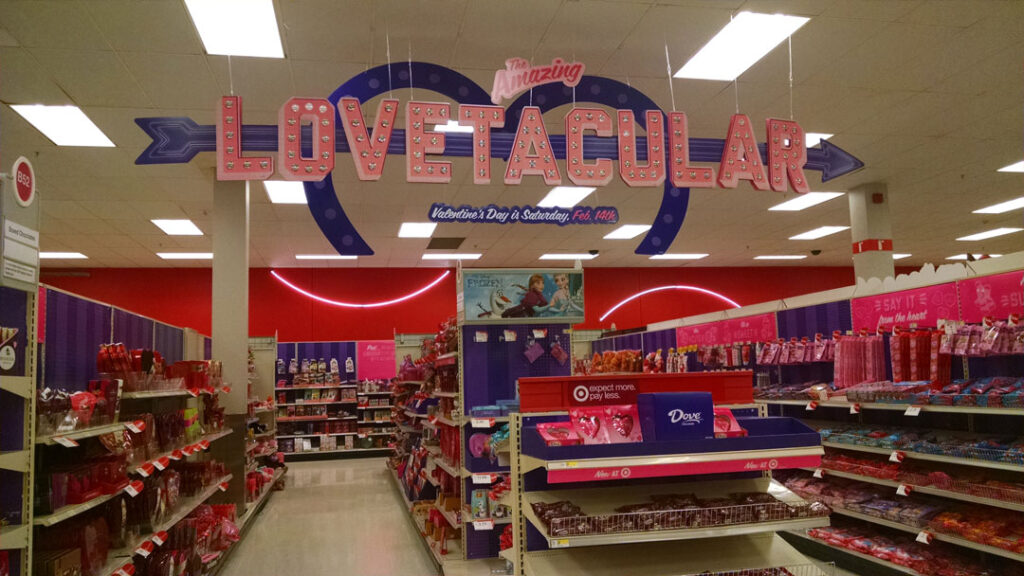
Target’s seasonal and event-based marketing strategies center on providing shoppers with relevant products and experiences aligned with their lives and annual milestones. By anticipating consumer needs and wants during key times of the year, Target remains an attractive destination for people seeking convenience, value, and fun when planning for holidays, school schedules, and other meaningful occasions.
In conclusion, Target Corporation’s success is attributed to a combination of effective market segmentation, consistent branding, personalized experiences, emotional advertising, community engagement, and innovative approaches to stay ahead in the retail industry. By understanding its customers and adapting to changing market dynamics, Target continues to thrive as a beloved and influential retail brand.
Also Read: Hitting The Bullseye : Target Corp Trailblazing Journey in Retail
To read more content like this, subscribe to our newsletter
